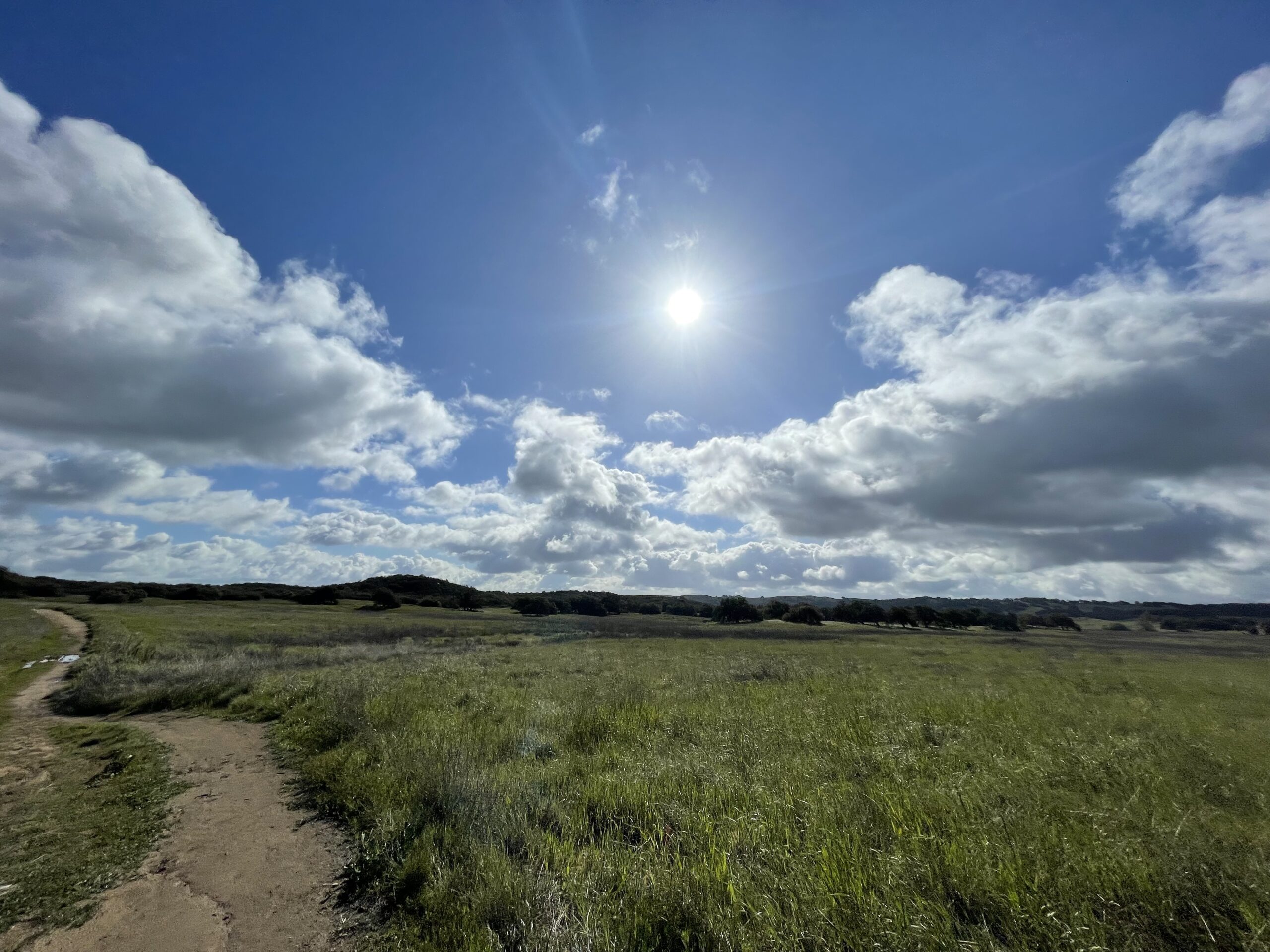
©Emily Sluiman
Happy New Year from all your amigos at Tree of Life! We hope your recollections from 2024 are wonderful and your hopes for 2025 will be exactly what you need to keep you moving forward towards them.
Current events, history, review, and notes
California in our 2024-25 rainy season: The north is sopping wet while the south is experiencing the driest start to its “wet” season in 150 years. I guess that’s why they get all the redwoods and we get a few cacti. But this year’s disparity is dramatic. As usual, most of the advice in this newsletter will pertain to the southern California region, especially when addressing the topic of watering.
Watering
It might as well be 0.00”. Zero, nix, nada, zilch. Z E R O. The total rainfall in our gauge at Tree of Life to date for the season (Precipitation is recorded for the period July 1 through June 30) is .16” which is a little more than 1/8”, which all fell in November, which obviously did not soak into the soil, which undoubtedly dried the next day, which makes the soil drier now than it has been in decades, which means that unless you have been watering (or it rains eventually), your plants may not be ready for spring or summer. Native plants rarely need any irrigation in winter, and this season is no exception regarding their bare minimum “needs.” They can get by now. But watering a natural garden in a dry winter will help in the long run.
If you have not applied any supplemental water to your already-dry garden, it is probably still looking OK because natives can handle our weather, even in its extremes. But if you want to prepare your garden for the eventual rain (please, God) or for summer, (Lord willin’) you need to simulate a good rain event by applying 1-1.5” by performing a Deep Soak as soon as possible.
Related to Watering
Our tried and true dry season watering method is called “Deep Soak plus Refreshing Sprinkles.” Typically, May through October, we recommend a Deep Soak approximately every 3-6 weeks, with Refreshing Sprinkles applied as needed, approximately 2-3 times a week. Here is an explanation pertaining to typically summer waterings:
Deep Soak = 1-1.5” water applied slowly so it will soak into the soil. For most sprinkler systems this means running the sprinklers for about 30-40 minutes a day, 2-3 days in a row for a total of around 2+ hours of sprinkler run time. Apply the water over a 2-3 day period to avoid run-off and excess puddling, allowing it to really soak in to a depth of 14-18” where the roots will find cool moisture. Do your Deep Soaks in the early morning. In general, natural gardens will thrive with only 3-6 Deep Soaks performed per year.
Refreshing Sprinkles = water applied quickly overhead to cool the garden environment by wetting all the leaves and the soil surface. At the end of the day, before nightfall, simply spray down the whole garden by hand for around 5 minutes. You are not providing water directly to the roots because it is not soaking into the soil at all. You are relieving the stress from a hot day, and getting the plants ready for the next day by cooling them down. Enjoy this peaceful activity in your garden as hummingbirds swoop in for a quick bath, or as you turn the spray nozzle straight up so you can take a quick outdoor shower.
While this information is pertinent more to July than January, this year you should do a Deep Soak (DS) as soon as possible if you have not done one this winter. Refreshing Sprinkles (RS) are not so urgent at this time.
By doing a DS now, you will be providing deep moisture that will make it easier for even a light rain to be effective. If we return to a normal rain pattern, you will have deep moisture come summer when you need it. If we continue dramatically dry, you can do another DS in a month or so.
Native plants are not using much water right now, so this might seem unnecessary, but the goal is to have good soil moisture down deep in May, and unless it rains, you will do well to mimic rainfall with a few rare cool season irrigations. In addition, this will give you some practice for summer.
Pruning
January is a good month to do dormant season pruning of any deciduous tree or shrub that you want to thin or shape. Always sanitize your shears and tools by occasionally dipping them (for 8 seconds) in a 10% bleach solution, (9 parts water to 1 part bleach), or alcohol, or you can use Lysol spray. If you have a rose garden, prune the plants properly as soon as possible. All shaping and hedging back should have been done in fall, but it’s not too late, providing you do not cut off flower buds for spring bloom.
Weeding
No rain equals few weeds.
Mulching / Top Dress
Though natural leaf drop and accumulation and decomposition is preferred, the cool season is a safe time to import foreign material to use as a top dress. Organic: Chunky, clean bark products are best, i.e.; 5/8” redwood bark, 2” thick. Mineral: Coarse sand, decomposed granite, or aggregates are best, 1” thick.
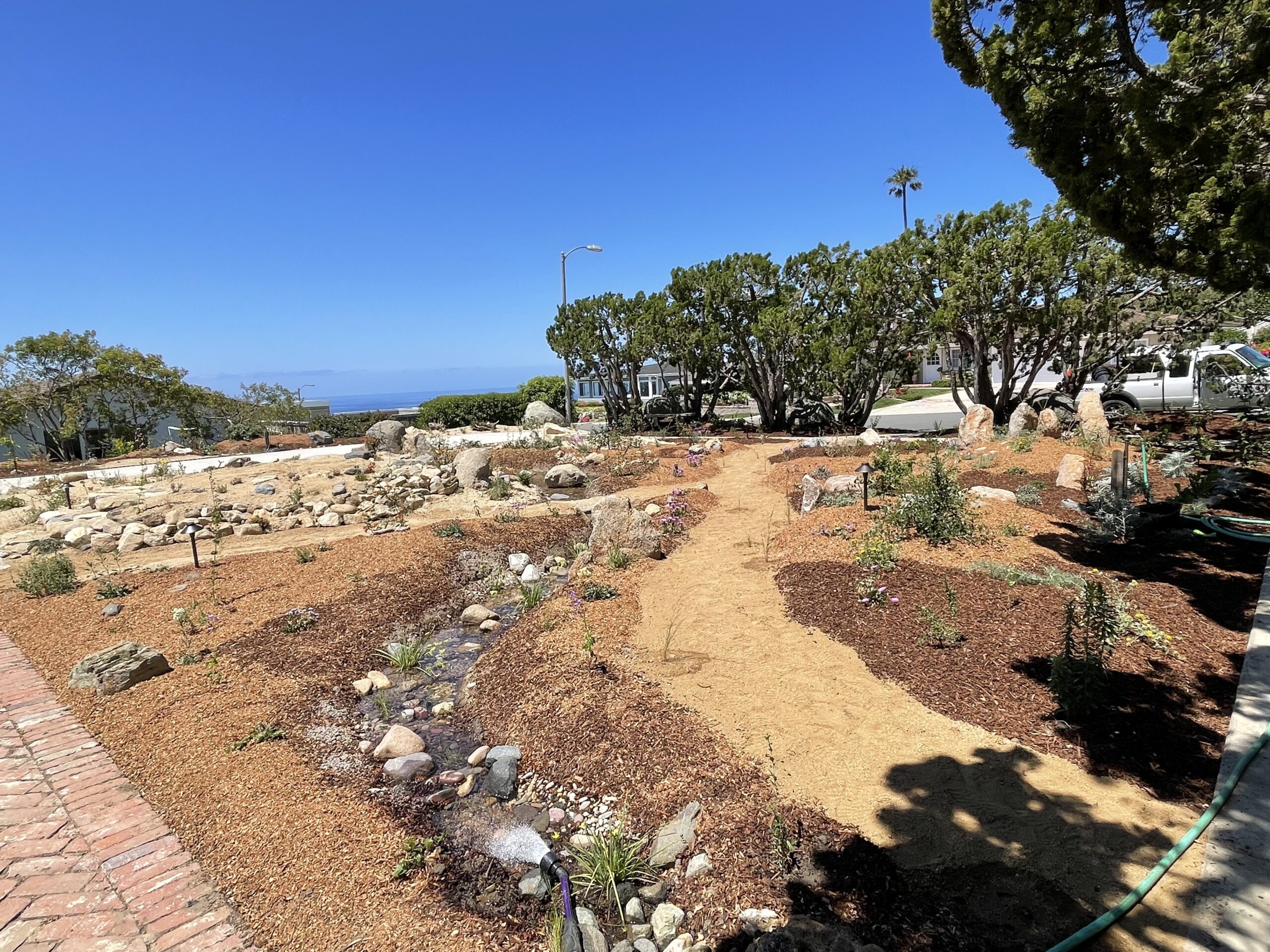
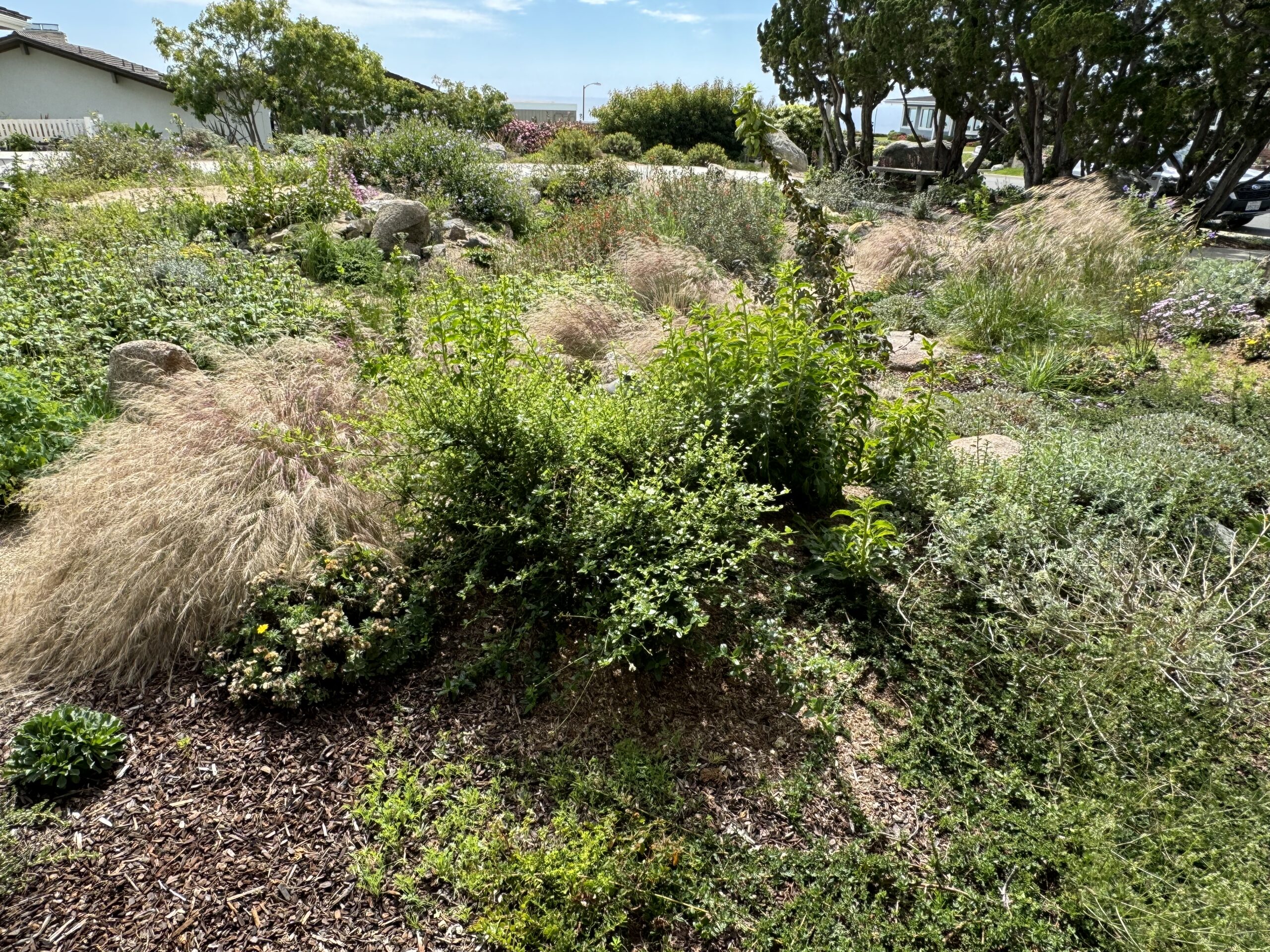
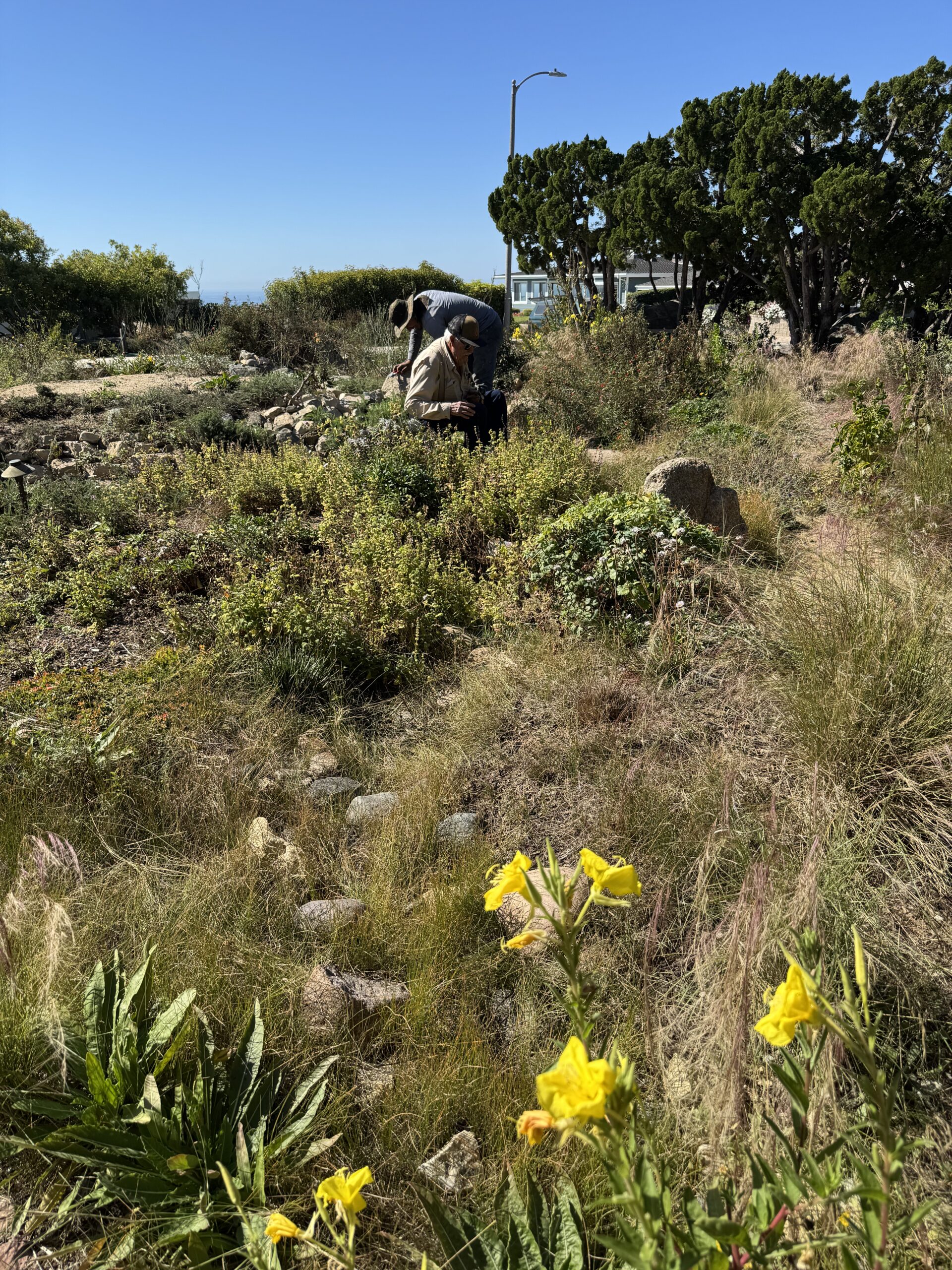
Feeding
November and March/April. If you apply organic fertilizer now, it will be mostly ineffective, because soil temps are so low, and this year, dry soil is a problem. Best to get some DS or rain behind us and feed in March.
Troubleshooting – Varmints, Pests and Diseases
Most injurious plant pests take a siesta in winter, but be on the lookout for manzanita leaf gall aphid and manzanita leaf gall caterpillar. Once you detect the unsightly deformed leaves, bright red swelling of the new leaves at the branch tips, it is too late to control this pest other than to trim the damaged leaves and discard them in the trash. Technically, a systemic insecticide would work, but since manzanitas are typically blooming now (or soon) you don’t want to affect pollinators by putting toxins into the flowers. Even if you killed the pests, the ugly damage would remain, so you need to prune them off and then check again in a week until the life cycle is finished and there are no new galls.
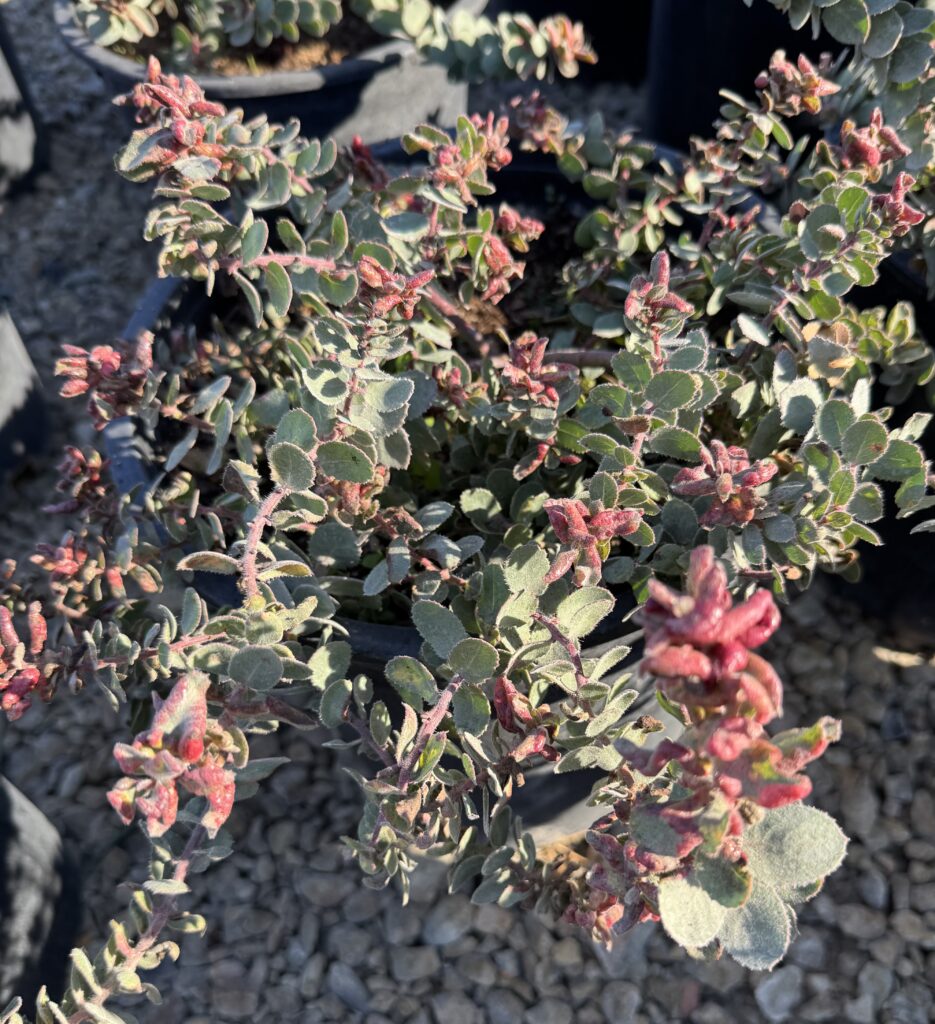
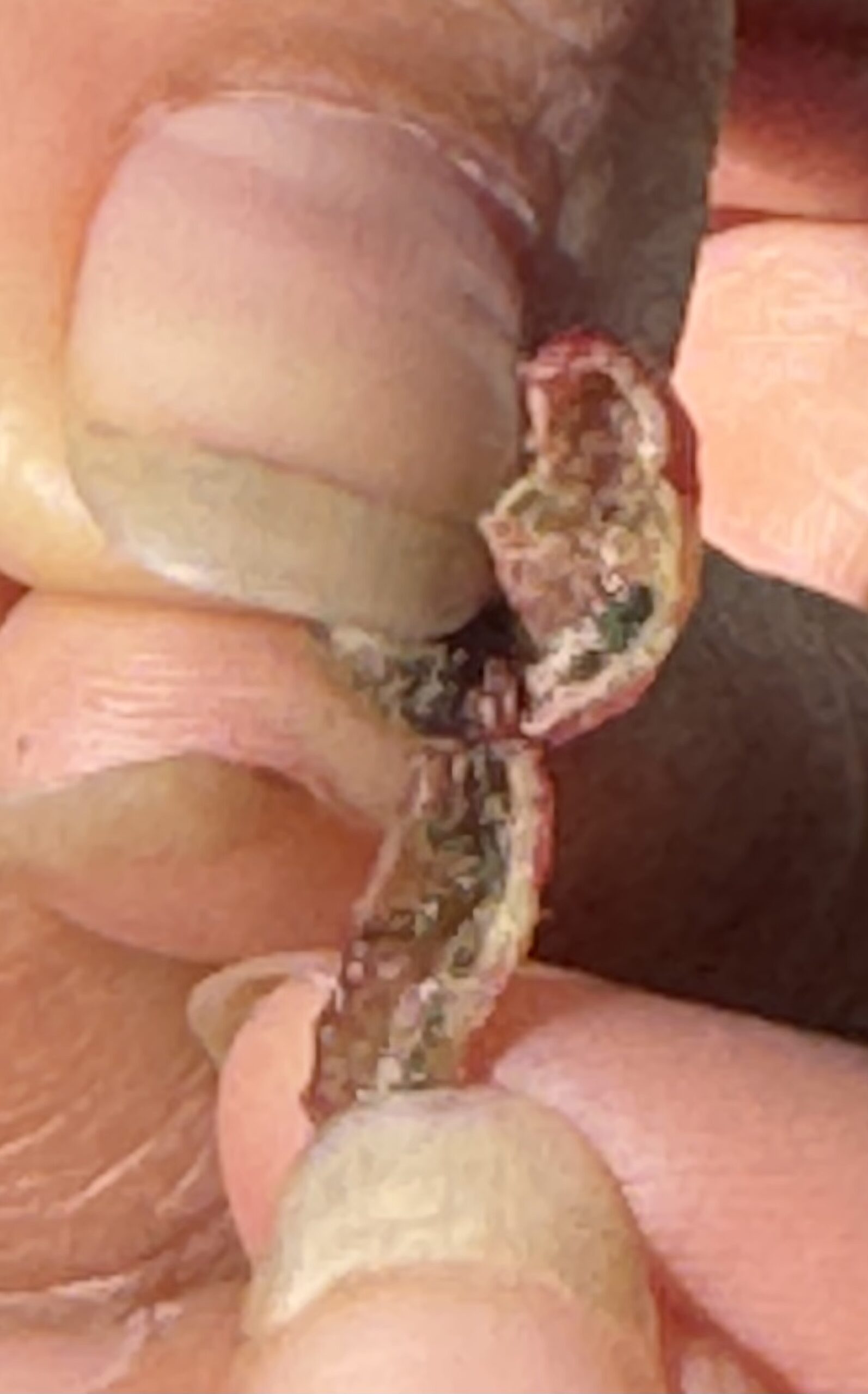
Annual Wildflowers
We recommended sowing seeds in fall to take advantage of winter rains, admittedly a bit idealistic this year. It is not too late to sow seeds. If you sowed last fall, keep watering the seed bed to get germination and growth.
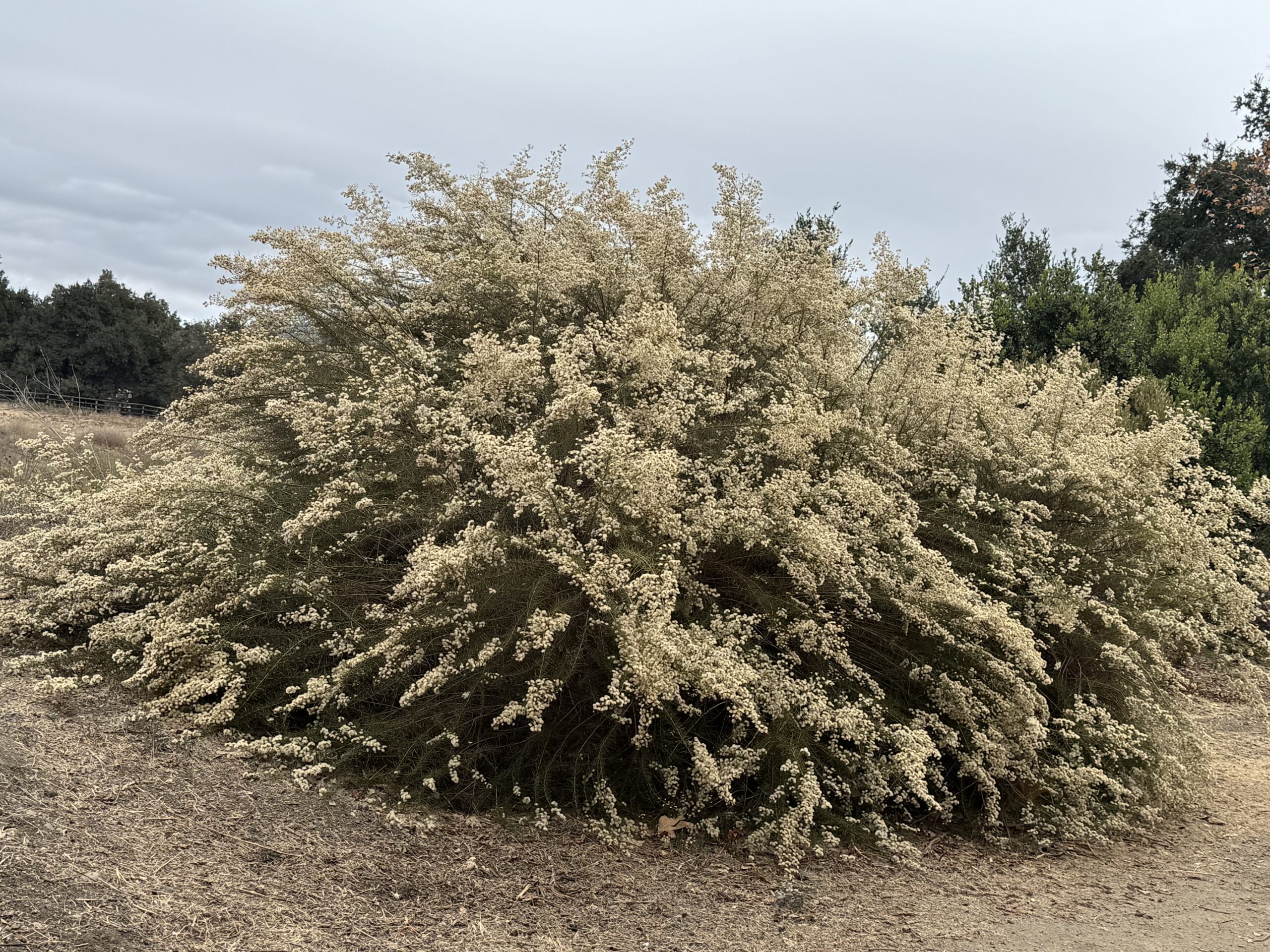
Dark shadows are created deep in the recesses of plants like Ericameria linearifolia (Interior goldenbush) (pictured) or Baccharis pilularis ssp. consanguinea (Coyote bush) that set seed in winter, just in time for the storm wind to disperse them and rain storms to initiate germination. It would appear that this year we get only the wind.
Adding New Plants
Winter is the ideal time to plant natives. This winter, they will require additional attention due to the drought.
My Patio Re-wild
What a great time to lift your spirits (dry winters can get us down) by making a few mini-ecosystems in pots. Come on over. We have a planting station set up. Bring your own pot or choose from our selection. Create a theme and plant a few plants, decorate with rocks (we have those too), and some attractive topdress (also available).
Phytophilia
Our love of plants and their love for us. When I look and listen over the natural landscape or into a natural garden, I see and hear the word “resting.” Cold weather usually causes natives to slow down for a few weeks, and this year the dry weather is adding another factor that makes it best for the plants to just sit and wait, resting, getting ready for the important work of growing, flowering, preparing for summer and seeding, basically all the functional tasks included in being a native plant.
Re-wild
This month’s Re-wild technique is also “resting.” In the natural garden, most garden tasks are best performed in the spring and fall seasons, leaving us summer and winter to simply enjoy the fruits of our labor, or get out more often – to our favorite natural areas and gardens. It’s always nice when a planned activity can be inactivity. Rest easy.
Important Review
Zero rain, driest winter in over 150 years
DS & RS Defined
Prune to clean up
Weeds are few
Mulch OK
Feed wait till March
Manzanita leaf galls
Sow flower seeds now
Plant new plants now
More Re-wild pots for the patio
Nature is resting. Might as well join her.
Engage
As I pen these words, wind-driven fires are still ravaging entire communities around the LA Basin, and just thinking about this devastation is overwhelming to me. The ferocious winds have calmed a bit, allowing camera crews in to broadcast the horrific scenes of destruction, and I am without appropriate words, in shock, as it were.
I have never lost my home to fire, nor my entire community. But we did lose our barn and all its contents at Tree of Life to a midnight fire in winter 1993 (bad coffee maker), and I also lost my brand new hand-built dream home in the old-growth forest of Cuyamaca, near Julian in SD County, (Cedar Fire) in 2003. In both instances, I watched years of human effort and countless dreams vanish in those unexpected destructive events, but honestly, I still had my own pillow that same night.
I know what it feels like to lose a barn and a house to a fire, to have dreams only of charred earth and ash, but my degree of sadness, sorrow, and loss cannot even be compared to that of someone who has lost everything… their principal residence… their family home and all that it represents, along with their entire community.
Every month in this section, I try to appeal to our deeper selves by extolling the benefits of engaging with nature. I believe in the healing qualities of air, land, and water, with the associated plants and animals that come in to become a part of us. When we connect to them, we are given a unique glimpse of our Creator, one we find nowhere else.
Next month, I hope to get back to that stuff. At this moment, I will sit silently and mourn with those who mourn.
Right now I’m planning a long solo hike, hopefully tomorrow. I have a lot on my mind. And when I get home, I will still have my pillow… so I’m thankful. I hope something special will come to me on my day walking around among the trees. Maybe I’ll write about it in February.
I’ve seen blackened forests turn green, they always do, but it takes time. I know this for certain: In my life, God has turned my ashes into beauty, every time, in his time.
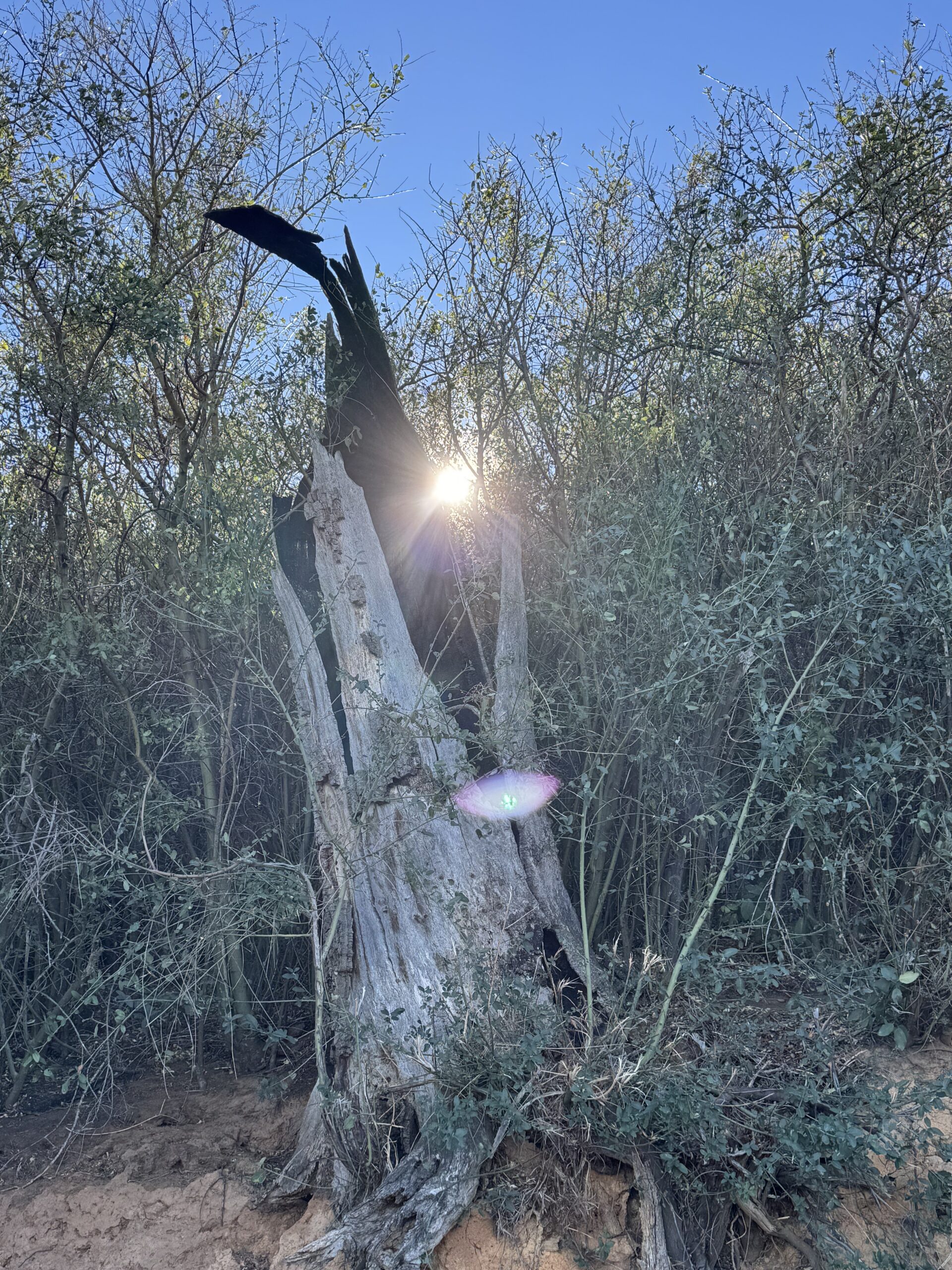
“The Spirit of the Lord Jehovah is upon me; because Jehovah hath anointed me to preach good tidings unto the meek; he hath sent me to bind up the broken-hearted, to proclaim liberty to the captives, and the opening of the prison to them that are bound; to proclaim the year of Jehovah’s favor, and the day of vengeance of our God; to comfort all that mourn; to appoint unto them that mourn in Zion, to give unto them a garland for ashes, the oil of joy for mourning, the garment of praise for the spirit of heaviness; that they may be called trees of righteousness, the planting of Jehovah, that he may be glorified.” Isaiah 63:1-3
Let’s keep makin’ it.
From JANUARY in the Natural Garden,
Mike Evans
Questions? Help is just one call or one email away. Call (949) 728-0685 or email (with pictures if you like) our special helpline: gardenhelp@californianativeplants.com